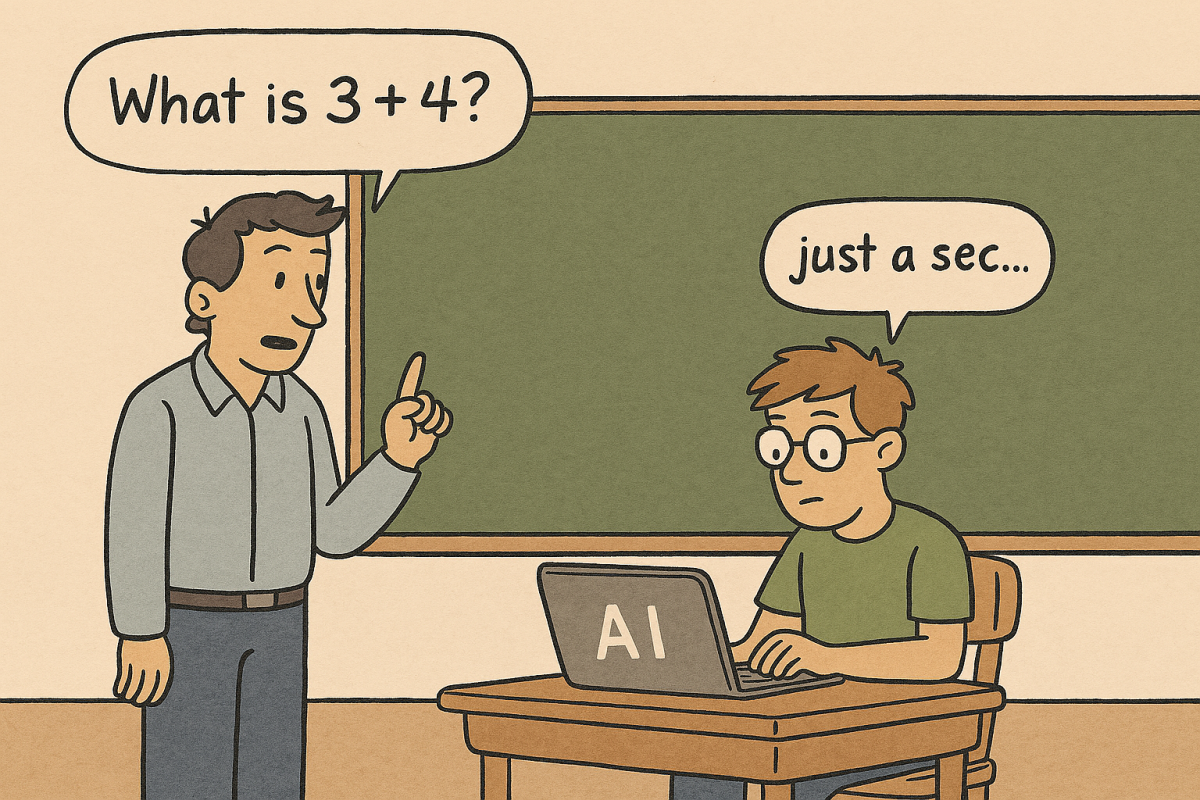In our project, we explored how generative AI can address a persistent friction in online fashion marketplaces: sizing uncertainty. We chose Vinted, a leading C2C platform for second-hand clothing, and proposed a GenAI-powered Virtual Fitting Room (VFR) to enhance buyer confidence, reduce returns, and strengthen Vinted’s sustainability mission.
Vinted’s current business model is asset-light and community-driven (Li, 2025). It creates value by connecting individual sellers and buyers through a low-cost, sustainable platform. Sellers list items for free and pay no commission, while buyers pay a small protection fee per transaction (Vinted, n.d.-a). This setup fuels cross-sided network effects: more sellers attract more buyers, and vice versa. However, the model also creates an imbalance. Sellers benefit from low friction and minimal obligations, while buyers face information asymmetry, especially around sizing, and limited return options. Vinted’s strict return policy only covers items “significantly not as described,” leaving buyers to absorb the risk of poor fit (Vinted, n.d.-b).
Our solution tackles this asymmetry. The proposed VFR integrates GenAI into Vinted’s platform through two key features: 3D Avatar Generation, which allows buyers to simulate a fit by using personalized avatars, and AR-Powered Try-On, which overlays garments onto the buyer’s live camera feed by using seller-provided data and generative modeling.
To visualize our concept, we developed a prototype by using V0.app, introduced during our prototyping guest lecture. The prototype, which can be found here, illustrates how the concept would look like in practice, mainly for the avatar generation part.
Overall, the impact of this integration is visible across several elements of Vinted’s business model. Firstly, it strengthens the value proposition by adding personalization and fit improvements to the second-hand shopping experience, while having a direct impact on the company’s sustainability goals. Secondly, it deepens customer relationships by reducing uncertainty and enabling more confident purchases. Thirdly, it introduces new key activities, such as GenAI model development, AR interface design, and user testing. It also enhances key partnerships, especially if Vinted chooses to acquire or collaborate with a 3D modeling company. Finally, it supports the cost structure indirectly by reducing the volume of returns and relistings, which affect buyer satisfaction and platform efficiency.
We also evaluated several challenges. One is the accuracy of GenAI-generated avatars and AR overlays. If the virtual try-on experience fails to reflect real-world fit, it could erode trust rather than build it. Another one is privacy: the system requires sensitive biometric and image data from users, which must be handled transparently and in compliance with GDPR. A third challenge is seller resistance. Since sellers currently bear little responsibility for sizing accuracy, they may be reluctant to invest extra time in uploading measurements or 3D scans. To address this, we propose optional participation and platform incentives, such as visibility boosts for AR-enabled listings, to encourage gradual adoption without disrupting the seller base.
In short, our GenAI-powered VFR helps Vinted evolve its platform while staying true to its core: enabling sustainable, peer-to-peer fashion exchange, but now with more confident choices for buyers.
References
Li, T. (2025). Session 5 – Theory [Powerpoint Slides]. Rotterdam School of Management, Erasmus University. https://canvas.eur.nl/courses/53279/files/101089459?module_item_id=1427554
Vinted. (n.d.-a). How it works. Vinted.nl. Retrieved October 5, 2025, from https://www.vinted.nl/how_it_works
Vinted. (n.d.-b). “Significantly not as described” items at Vinted | Vinted. Vinted.ie. Retrieved October 15, 2025, from https://www.vinted.ie/help/1090



